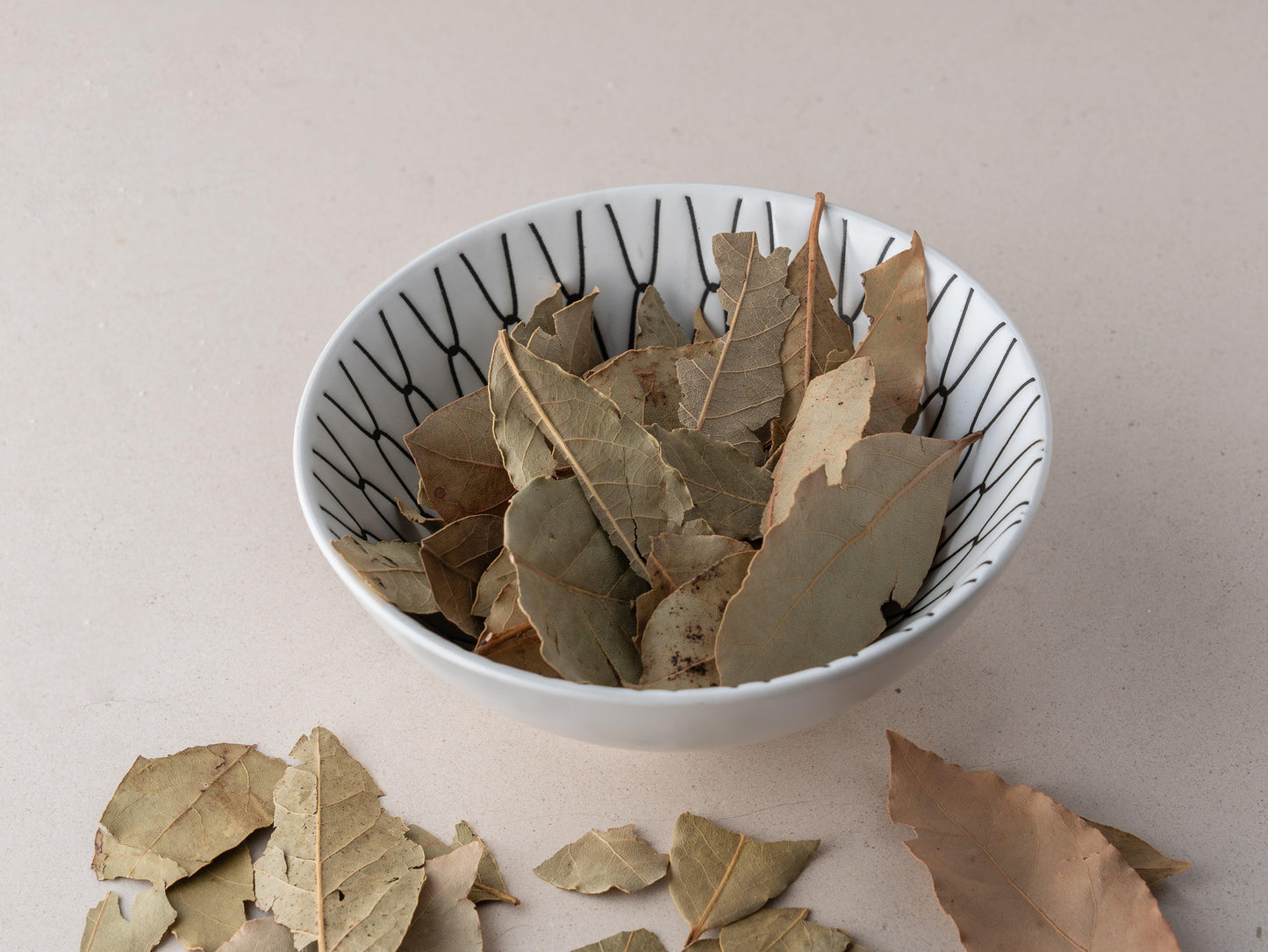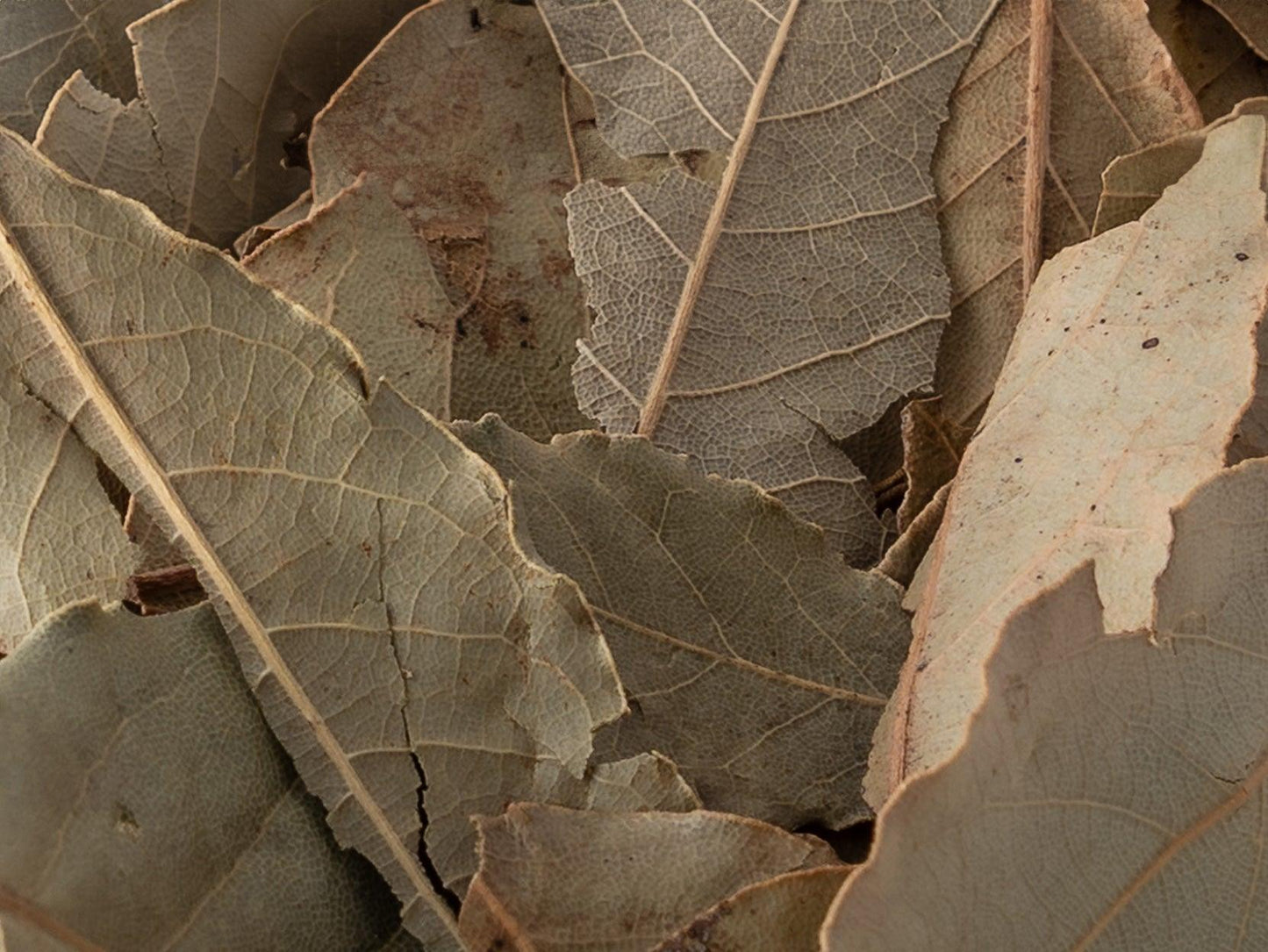Bay Leaves: An Aromatic Touch of History in Your Cooking
Bay leaves have a rich history dating back to antiquity. Cultivated in many regions of the world, these bright green leaves have played important roles in mythology, medicine and, of course, cuisine. Symbols of victory and honor in Ancient Greece, these leaves add a unique aromatic dimension to dishes that have stood the test of time.
Unique Flavor and Texture
The mild, slightly bitter flavor of bay leaves is complemented by their crumbly texture. When added to dishes, they release an aroma that elevates the gastronomic experience, providing a special and unmistakable touch.
Nutritional Benefits
-
Antioxidant Properties: Bay Leaves contain antioxidant compounds that help fight free radicals, contributing to cellular health.
-
Digestive Aid: Known for their carminative properties, these leaves can help alleviate digestive discomforts such as gas and bloating.
-
Vitamins and Minerals: They are a modest source of vitamins, such as vitamin A, and minerals, including potassium, which are essential for the proper functioning of the body.
-
Anti-inflammatory Properties: Some components of the leaves have anti-inflammatory properties that may contribute to immune system health.
-
Respiratory Stimulant: The steam released while cooking bay leaves can act as a stimulant for the respiratory system, providing relief from respiratory problems.
Versatility in Cooking
-
Sautés and Sauces: Add bay leaves to stir-fries, sauces and soups to add depth of flavor.
-
Marinades: Use them in marinades for meat, fish or vegetables, infusing aroma and flavor.
-
Rice and Grains: Cook alongside rice, lentils or other grains for delicate flavoring.
-
Stews and Stews: Ideal for long-cooked dishes, bay leaves enhance the flavor of stews and stews.
-
Tea Infusion: Try infusing tea with bay leaves for a unique and invigorating touch.








